
Code: 02260925
History of Polyolefins
by F.B. Seymour, ai Cheng
The word Polyethylene was probably first pronounced in a lecture which M. P. E. Berthelot delivered on April ,27, 1863 to the Chemical Society in Paris, reporting on the "polymerization" of various simple organic compounds (1). Mu ... more
- Language:
 English
English - Binding: Paperback
- Number of pages: 336
Publisher: Springer, 2013
- More about this

186.21 €

Low in stock at our supplier
Shipping in 13 - 16 days
Potřebujete více kusů?Máte-li zájem o více kusů, prověřte, prosím, nejprve dostupnost titulu na naši zákaznické podpoře.
Add to wishlist
You might also like
-
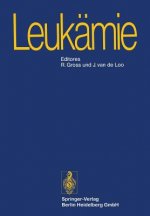
Leuk mie
131.94 € -

Angel in the Fire
32.17 € -
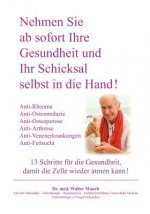
Nehmen Sie ab sofort Ihre Gesundheit und Ihr Schicksal selbst in die Hand! Band II
27.23 € -2 % -

Informal Sector Innovations
128.71 € -

Companion Playbook 2016
10.99 € -2 % -
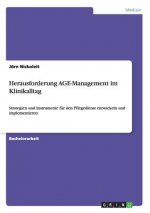
Herausforderung AGE-Management im Klinikalltag
58.20 € -7 % -

First Book of Gabriel
18.45 €
Give this book as a present today
- Order book and choose Gift Order.
- We will send you book gift voucher at once. You can give it out to anyone.
- Book will be send to donee, nothing more to care about.
More about History of Polyolefins
You get 467 loyalty points
 Book synopsis
Book synopsis
The word Polyethylene was probably first pronounced in a lecture which M. P. E. Berthelot delivered on April ,27, 1863 to the Chemical Society in Paris, reporting on the "polymerization" of various simple organic compounds (1). Much later this work appeared twice in the literature before the classical ICI breakthrough in the 1930's which is so colorfully described in Ballard's lecture. Once it came up at the end of the last century when H. von Pechmann obtained "a white flocculant material" from the decomposition of diazomethane which, one year later, was termed to be "polymethylene" - (CH ) - from E. Bamberger 2 and F. Tschiemer (1). At that time the investigators were disappointed about this product because it was not what they had expected to find in their experiments. As a result any further work was discontinued. The second time that the word polyethylene appeared in the literature to describe a "white solid powder" was in 1930 when C. S. Marvel and M. E. P. Friedericks (2) attempted to prepare alkylated As compounds in which all five valencies were covalently bonded to five monovalent-aTkyl groups. They reacted Tetra-ethyl-arsenium bromide with butyllithium and expected to get tetra ethyl butyl arsenium. Instead they obtained LiBr + AsEt3 + gaseous products. Delicate and somewhat time-consuming analysis gave a surprising result: ethane and C 's were there in the 4 expected quantities but ethylene was missing - or almost missing - in the gas mixture.
 Book details
Book details
Book category Books in English Mathematics & science Chemistry Organic chemistry
186.21 €
- Full title: History of Polyolefins
- Subtitle: The World's Most Widely Used Polymers
- Author: F.B. Seymour, ai Cheng
- Language:
 English
English - Binding: Paperback
- Number of pages: 336
- EAN: 9789401089166
- ISBN: 9401089167
- ID: 02260925
- Publisher: Springer
- Weight: 539 g
- Dimensions: 235 × 155 × 20 mm
- Date of publishing: 01. July 2013
Trending among others
-
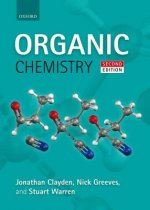
Organic Chemistry
78.47 € -8 % -
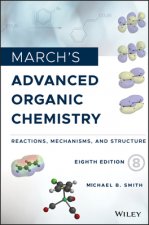
March's Advanced Organic Chemistry - Reactions, Mechanisms, and Structure, Eighth Edition
172.09 € -2 % -
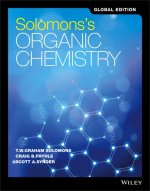
Solomons' Organic Chemistry
80.19 € -
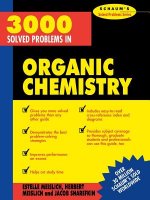
3000 Solved Problems in Organic Chemistry
39.43 € -20 % -
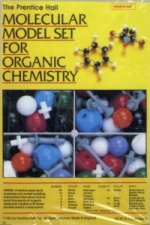
Molecular Model Set for Organic Chemistry
31.87 € -
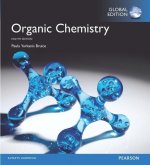
Organic Chemistry, Global Edition
101.27 € -
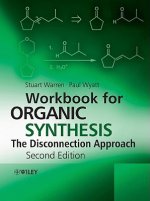
Workbook for Organic Synthesis: The Disconnection Approach
59.51 € -
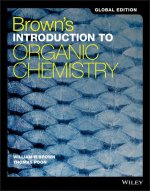
Brown's Introduction to Organic Chemistry
66.47 € -4 % -
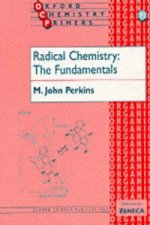
Radical Chemistry: The Fundamentals
44.17 € -
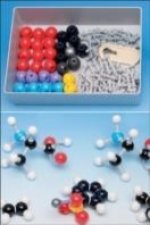
Molymod MMS-003
47.81 € -5 % -
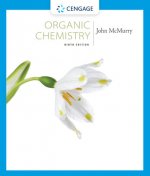
Organic Chemistry
435.37 € -
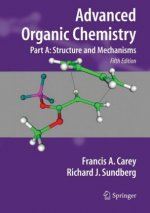
Advanced Organic Chemistry
96.93 € -13 % -

Advanced Organic Chemistry
66.77 € -12 % -
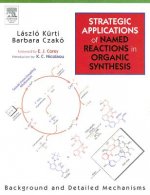
Strategic Applications of Named Reactions in Organic Synthesis
112.77 € -9 % -
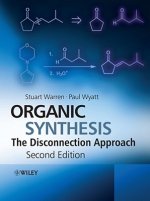
Organic Synthesis - The Disconnection Approach 2e
43.47 € -4 % -
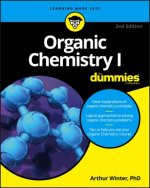
Organic Chemistry I For Dummies, 2nd Edition
16.63 € -35 % -
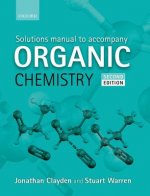
Solutions Manual to accompany Organic Chemistry
127.50 € -
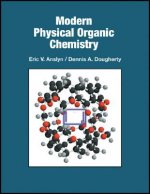
Modern Physical Organic Chemistry
153.02 € -
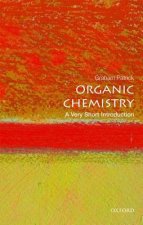
Organic Chemistry: A Very Short Introduction
9.98 € -29 % -
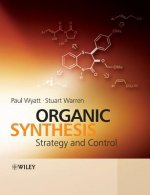
Organic Synthesis - Strategy and Control
71.92 € -7 % -
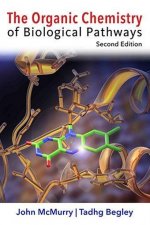
Organic Chemistry of Biological Pathways
108.23 € -2 % -

Molecular Orbitals and Organic Chemical Reactions - Student Edition
56.58 € -7 % -

Fundamentals of Organic Chemistry, International Edition
98.95 € -
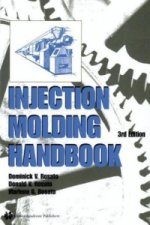
Injection Molding Handbook
81.70 € -2 % -
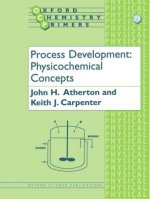
Process Development
38.22 € -
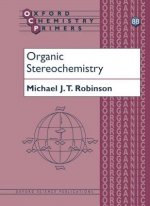
Organic Stereochemistry
41.25 € -
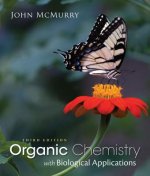
Organic Chemistry with Biological Applications
119.53 € -
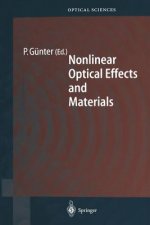
Nonlinear Optical Effects and Materials
61.42 € -
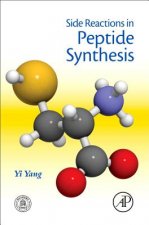
Side Reactions in Peptide Synthesis
89.17 € -13 % -

Amino Acids and Proteins for the Athlete: The Anabolic Edge
255.71 € -
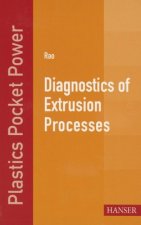
Diagnostics of Extrusion Processes
15.02 € -6 % -

Silica Aerogel Composites
121.04 € -
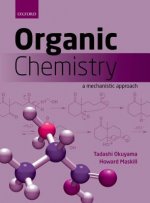
Organic Chemistry
88.96 € -4 % -
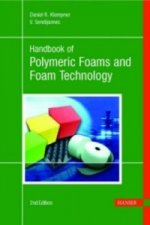
Polymeric Foams and Foam Technology
305.55 € -4 % -

Organic Chemistry as a Second Language - First Semester Topics, Fifth Edition
96.43 € -

Workbook in Organic Chemistry
38.22 € -
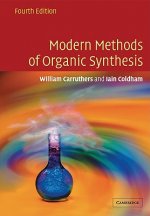
Modern Methods of Organic Synthesis
123.97 € -
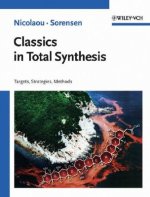
Classics in Total Synthesis - Targets, Strategies, Methods
93 € -4 % -
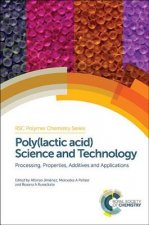
Poly(lactic acid) Science and Technology
245.52 € -
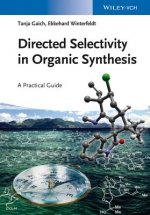
Directed Selectivity in Organic Synthesis - A Practical Guide
68.99 € -10 % -
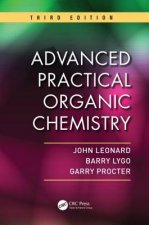
Advanced Practical Organic Chemistry
105.81 € -5 % -

Workbook for Organic Synthesis - Strategy and Control
101.57 € -
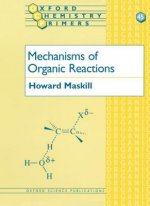
Mechanisms of Organic Reactions
41.25 € -

Organometallics 3e
78.17 € -19 % -
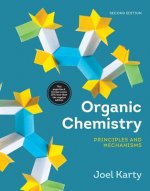
Organic Chemistry
176.12 € -4 % -
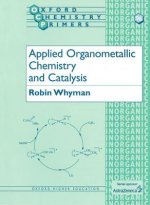
Applied Organometallic Chemistry and Catalysis
41.25 € -
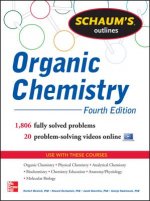
Schaum's Outline of Organic Chemistry
29.14 € -13 % -

Chemistry of the Carbonyl Group - A Step-by-Step Approach to Understanding Organic Reaction Mechanisms - Revised Edition
52.65 € -8 % -
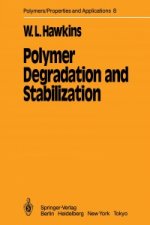
Polymer Degradation and Stabilization
108.63 € -2 %
Collection points Bratislava a 2642 dalších
Copyright ©2008-24 najlacnejsie-knihy.sk All rights reservedPrivacyCookies


 15549 collection points
15549 collection points Delivery 2.99 €
Delivery 2.99 € 02/210 210 99 (8-15.30h)
02/210 210 99 (8-15.30h)